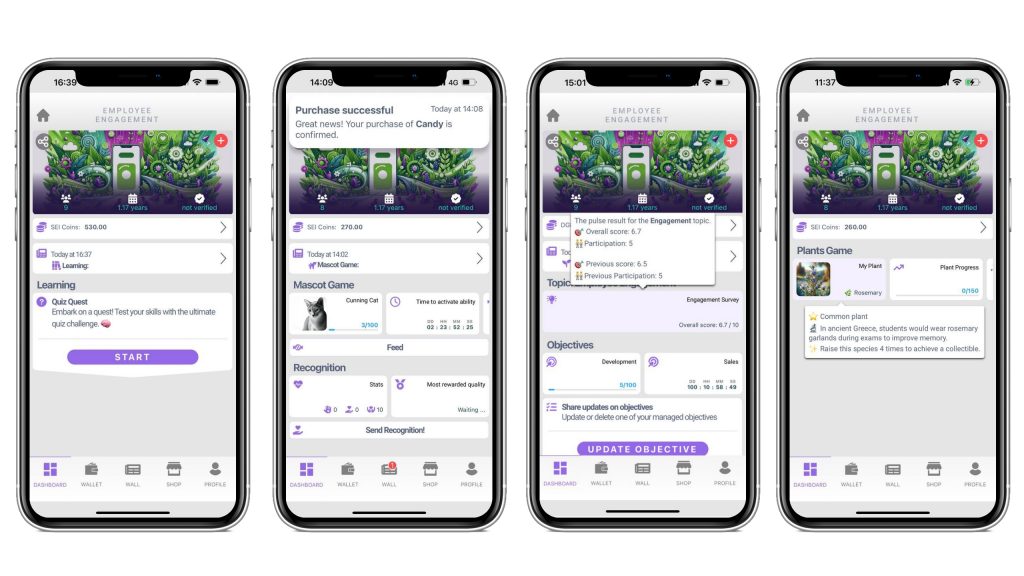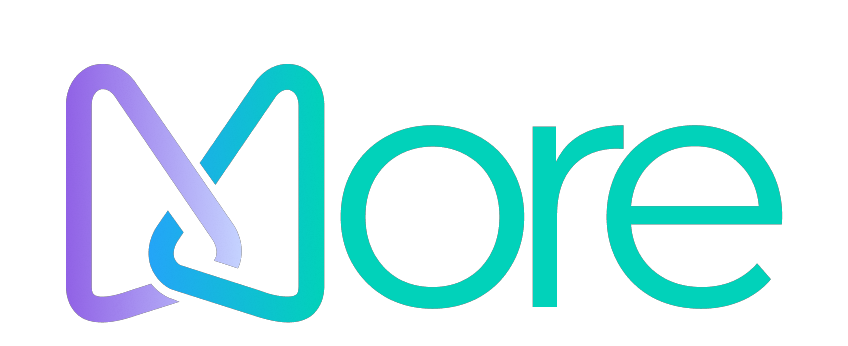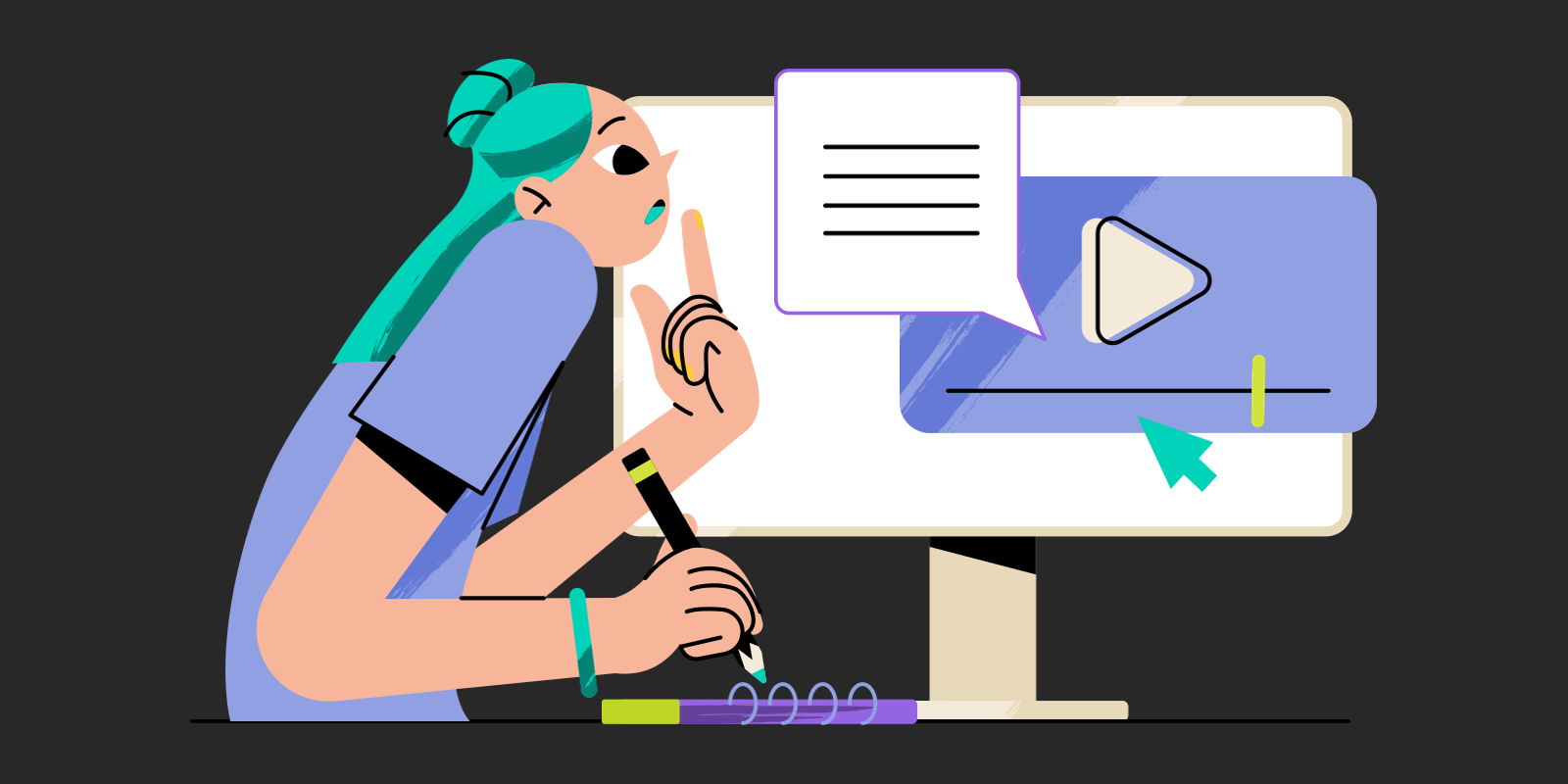Employee experience is at the heart of ensuring smooth transitions for employees, whether they are new hires or moving into new roles. Maintaining engagement and performance during these phases is crucial. This article explores effective strategies for optimizing the transition phase and how gamification can enhance this process.
The Importance of Effective Transition
Transitioning within a company, whether reboarding or offboarding, presents unique challenges and opportunities. Effective transition strategies help:
- Build Strong Relationships: Encourage introductions and networking with new teams and stakeholders to foster a sense of community and support.
- Provide Targeted Training: Identify and address learning gaps with personalized, self-guided training opportunities.
- Offer Continuous Feedback: Implement regular feedback mechanisms to ensure ongoing development and address any emerging issues.
Strategies for Optimizing Employee Transition
- Comprehensive Communication Plan: Develop a clear and transparent communication plan outlining cross-team opportunities, expectations, and advantages for employees. Regular channels for feedback and prompt concern addressing foster open communication (Workforce Group) (Business News Daily).
- Tailored Training and Development: Conduct thorough assessments of employees’ skills to identify specific training needs. Implement customized training programs to bridge skill gaps and prepare staff for new roles (Workforce Group) (Business News Daily).
- Dynamic Support Systems: Establish support systems, including mentorship programs and access to resources. This helps employees integrate seamlessly into new roles and feel more comfortable in their new environments (Workforce Group) (Business News Daily).
- Feedback and Development: Provide fast, meaningful feedback and development opportunities to help employees adapt quickly to their new roles. Leverage AI to personalize learning materials and offer ongoing refresher training to reinforce new skills (Workforce Group) (Business News Daily).
- Recognition and Rewards: Recognize and celebrate successful transitions as part of the organizational culture. Highlighting achievements motivates employees and reinforces the value of internal mobility (Workforce Group) (Business News Daily).
The Impact of Effective Onboarding
Research shows that a structured onboarding process significantly enhances employee retention and productivity:
- Improved Retention: Organizations with a structured onboarding process see a 50% increase in new hire retention (Wolters Kluwer’s Solutions).
- Enhanced Productivity: Effective onboarding can boost new hire productivity by over 70% (Workforce Group).
- Engagement During Pre-Boarding: Investing in communication and engagement during pre-boarding improves the onboarding experience by 83% (CultureMonkey).
- Manager Involvement: Onboarding is 3.5 times more effective when managers actively participate, leading to better outcomes for new hires (Wolters Kluwer’s Solutions).
More Gamification: Enhancing the Employee Experience
As we move into 2024, leveraging gamification can significantly enhance the employee experience during transitions. More Gamification offers a robust platform designed to make transitions smoother and more engaging. Here’s how More can help:
- Interactive Transition Programs: Gamified modules keep employees engaged as they transition to new roles. Interactive activities and role-play simulations help them learn and practice new skills in a risk-free environment.
- Real-Time Tracking and Feedback: More’s platform offers real-time tracking of transition progress, enabling managers to provide immediate support and feedback. This ensures that employees stay on track and feel supported throughout their transition.
- Recognition and Rewards: Incorporate game mechanics like points, badges, and leaderboards to motivate employees during their transition. Recognizing their achievements fosters a sense of accomplishment and encourages continued engagement.
- Community Building: Facilitate social interactions and teamwork through collaborative challenges and competitions. This helps employees build relationships with their new colleagues, reducing feelings of isolation and fostering a supportive work environment.
- Continuous Improvement: Collect feedback from transitioning employees about their experience to continuously refine and improve the process. This feedback is essential for ensuring that the transition programs meet employees’ needs and set them up for success.

By partnering with More Gamification, companies can create an engaging and supportive transition experience that not only retains employees but also accelerates their productivity and integration into new roles. Embrace the power of gamification in 2024 and see the transformative impact it can have on your workforce. Find out more about our Services!
Conclusion
Optimizing the transition phase for employees is crucial for maintaining engagement and performance. By focusing on relationship building, targeted training, continuous feedback, and leveraging gamification tools, companies can ensure a smooth and effective transition process, ultimately enhancing the employee experience.


